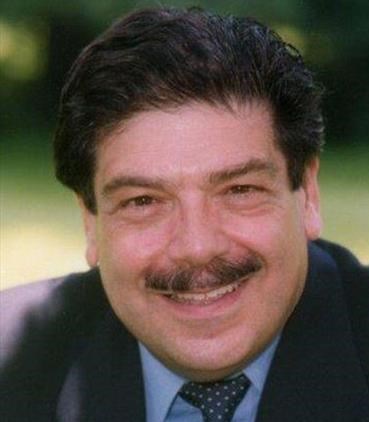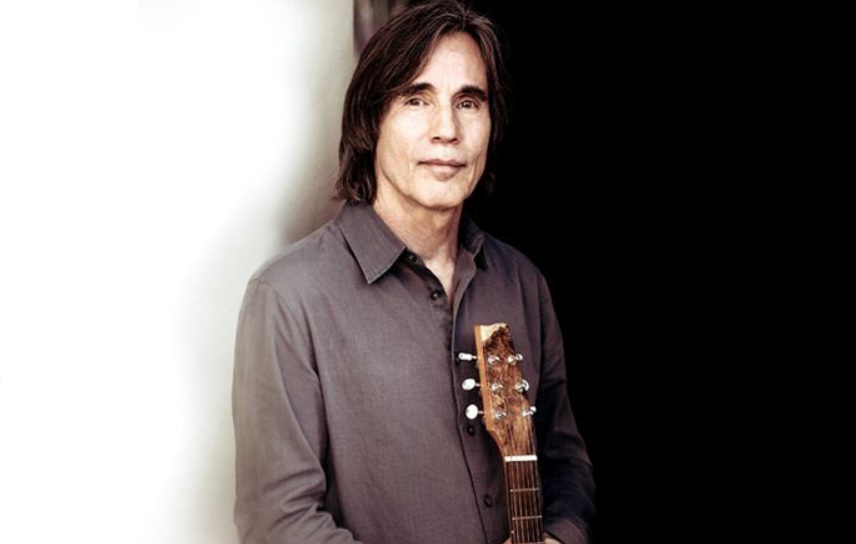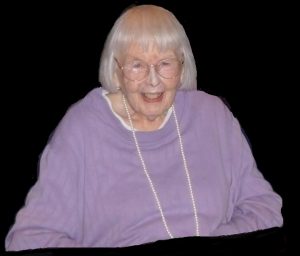Indigenous Day Shifts from Columbus
by Thomas Breen, New Haven Independent, Oct 12, 2020
Richard Cowes lifted a wooden bear claw filled with smoldering white sage up to one side of Gary Tinney’s face and, whispering a prayer for peace, wafted the fragrant plume of smoke with a hawk feather.
Cowes and Tinney were celebrating Indigenous People’s Day along with 50 people late Monday afternoon on the New Haven Green.
Both Cowes and Tinney live in West Haven. Both are members of the Golden Hill Paugussetts. And both braved the blustery cold not just to celebrate Native American history and culture with a community of peers, but also to reflect on an extraordinary year of symbolic shifts.
In New Haven as elsewhere around the country this year, many of those changes have centered around a reappraisal of the legacy of the 15th-century explorer Christopher Columbus, with an eye towards the role he played in a white, European settler-led genocide of Native people.
Those local changes have included the Board of Education’s vote to rename Christopher Columbus Academy on Grand Avenue; the tumultuous removal of the Christopher Columbus statue from Wooster Square; the ed board’s renaming of Columbus Day as Indigenous Peoples’ Day; the Board of Alders’ renaming of the second Monday of October as Italian Heritage Day; and the alders’ formal recognition of racism as a public health crisis.
“This struggle has been a long one,” said Norm Clement, a member of the local Quinnipiac tribe. “It’s been 528 years since colonization in this country.
“But we’re starting to win back who we are. We’re starting to be recognized. Some of the mascots are disappearing. The statues are disappearing. That is all part of the decolonization of this nation. We have to continue to celebrate who we are and what we represent and to do that in a good way.”
Read the full article here: www.newhavenindependent.org/index.php/archives/entry/indigenous_peoples_day1.




